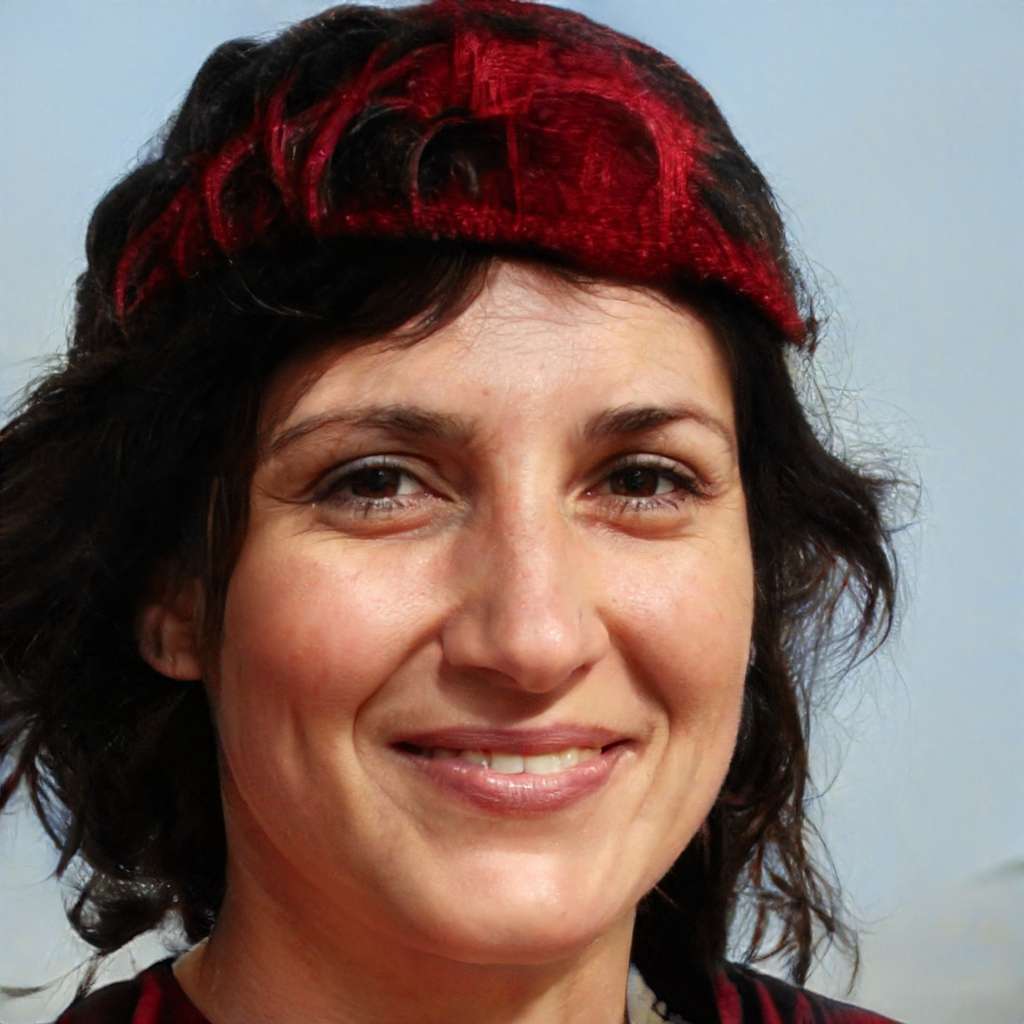Question :
Learning Outcomes:
- Develop an understanding of classical and neo-classical approaches to organisation theory.
- Evaluate and examine the factors that have influenced the structure and design of specific organisations.
- Discuss how organisations manage the dynamic processes that shape their growth and evolution.
- Examine and determine the forces that will shape organisations and their structure in the future
Module Description
Modern economies are not able to operate without organisations in a formal or informal way. There is a major influence on the efficiency and effectiveness on the aspect of innovation, employment and standards of living. The module evaluates various organisational structures in context of their environment after examining early theories of organisation evolvement, and how there has been change in environment which can overall lead to change in nature and function of organisation. The module summarises by applying technological advances which are forcing the organisations to become more flexible and less hierarchical.
Assessment Tasks
There are two assessments which are to be completed in this module:
1- Essay (2000 words)
Intended learning outcomes: 1 and 4
2- Case study (2000 words)
Intended learning outcomes: 2 and 3
1: Essay
Evaluate the development of organisation theory from its classical and neoclassical origins to the present day. Examine and determine the forces which will help in shaping the organisations and their structures in future.
2: Case study
The case study is of “Google’s Organisational Structure & Its Characteristics (An Analysis) and Google’s Organisational Culture Type and Its Characteristics”. The full case study is available at: http://panmore.com/google-organisational-culture-characteristics-analysis
“Google’s Organisational Structure & Its Characteristics (An Analysis)
The internal communications and sharing of idea in information technology, consumer electronics business and online advertising will be encouraged through organisational structure of Google.
Google organisational structure is one of the most important help in contributing towards the success of information technology business. The organisational structure of company includes anatomy with arrangement of different components in terms of process and resources. In the case study of Google, the corporate structure is designed to support the need of creativity and innovation. Google's corporate structure is strengthening with the business competencies such as Amazon, Apple, IBM, Facebook, Microsoft, Intel, Snapchat and Twitter in order to counteract the competitive forces.
“Google’s Organisational Culture Type and Its Characteristics”
Google have a cross-functional organisational structure. The structure is of matrix type. However, in the particular business case, the company tries to maintain flatness as a very major factor that impacts the functions throughout the corporate structure. The main characteristics of Google's corporate structure are as follows:
- Function-based definition
- Product-based definition
- Flatness
Google's Corporate Structure Recommendation
The flatness of Google's organisational structure will give a benefit of promoting of innovation and creativity which is mainly based on sharing of knowledge throughout the organisation. The advantages may further help in ensuring coherence throughout the business with room for improvement in relation to flexibility.
A recommendation may mainly help in addressing the main issues with the satisfaction of regional market characteristics and preferences of customers.
“Google’s Organisational Culture & Its Characteristics (An Analysis)
Google organisational culture is a driving force that enables a company to continue in information technology and online advertising industries. It encourages the employees to share information for the purpose of supporting innovation. The cultural strengths of organisation through the informal approaches which are of personalized leadership and management support are actively developed by the cultural strengths of corporation.
“Google Organisational Culture Type and Its Characteristics”
Google consist of an organisational culture for innovation. The main emphasis of the company is on the openness within the employees, which is a way of promotion of an innovative mindset. For instance, the company innovates technological assets and services which are provided to customers in online advertising industry. Google's corporate culture will include the following characteristics:
- Openness Innovation
- Excellence which comes with smartness
- Hands-on approach
- Small-company-family rapport
Google's Corporate Culture – Recommendations
Google's organisational culture enables in addressing the needs of information technology and online services business. As one of the biggest technology businesses in the global market, the company is an example of effective organisational design and human resource development which was manifested in the corporate culture.
The recommendation mainly aims to increase the rate of innovation in the development processes of the company's product. It also aims to increase the knowledge, skills, and abilities to innovate of the employees of company.
You are required to follow the below criteria in order to complete this report
- Evaluate and determine the factors (such as size of organisation, global presence, technology and availability of skilled manpower) that would have impacted Google's Corporate Structure and design.
- Examine how Google manages the dynamic such as ethical values; organisational culture; innovation and decision making processed in order to shape their growth and evolution.
Completing the tasks
You are required to research different information sources such as journals, textbooks, articles and the internet. You are also required to enhance skills in analysis of information. Briefly evaluate different aspects of a topic and analyse the important issues.
Answer :
INTRODUCTION
Organisational theory can be referred to as a concept encompassing the approaches to execute the analysis of a corporation. This aids in gaining comprehensive knowledge of the behavioural characteristics and patterns of individuals and groups pertaining to an entity. The present report is conducted to gain an analysis of classical and neoclassical approaches. In addition to this, it comprises of forces responsible for providing a shape to the business.
You Share Your Assignment Ideas
We write it for you!
Most Affordable Assignment Service
Any Subject, Any Format, Any Deadline
Order Now View Samples
Analysis of Classical Approaches
The classical approaches of organisational theory hereby include conventional and authentic, that are designed while taking into due account the economical as well as physical needs of individuals. These approaches do not consider job satisfaction, any kind of social need etc. Some of the most crucial and relevant classical approaches have been discussed in detailed manner as follows:-
Frederick Taylor (1856-1915) - Scientific Management
Scientific Management theory was coined by Frederick Winslow Taylor. He is regarded as the Father of SM. This approach is also referred to  as Taylorism. The premise of this theory is maximisation of efficiency, especially the output delivered by labour force by effectively applying the approach within organisational confines. The main focus hereby is to inflate the operational efficiency and effectiveness of workers by rendering them training sessions. This develops equilibrium between the interest of employer and workforce. Over the course of time, this theory has undergone transformation in the sense that it now put emphasis over technological elements to become aligned with the present scenario. It has created alterations within the traditional approach, thereby facilitating the recognition of initiatives as well as efforts put forth by workforce for completion of tasks and activities. Scientific management has reached to a point that it is now disrupted with new technologies and transformation.
Henry Fayol (1841-1925) - Principles of Organisation
14 principles of management were devised by Henry Fayol, regarded as the Father of Modern Management. These are the principles that tend to provide guidance to manager of a company in facilitating strong correspondence with manpower. Besides this, 6 functions starting from forecast and ending at control of actual yield are also a part of the theory given by Fayol. The primal focus of this theory is enabling the top management of a company to come up with alterations within the premises together with effective decision making. The analysis of this theory reaches to the conclusion that this approach is altered over the course of time with the inclusion of significance of workforce. Each individual within an entity holds certain rights that can be leveraged by them during their course of time within the company. It is essential that the personnel pertinent to a company are given some authority so that they can effectively execute their business activities on time. This renders due satisfaction to them owing to which they exhibit their full potential in accomplishment of corporate goals and objectives.
Max Weber (1864-1920) - Bureaucracy
Bureaucracy theory was devised by a German sociologist Max Weber. As per the premise of this theory, it is acknowledged that personnel are allotted task by facilitating sync and cooperation among them. Hereby, the authority within the confines of a corporation is divided into 3 parts, namely, traditional, bureaucratic and charismatic. With the passage of time, this theory has largely evolved and a number of aspects have been incorporated with a view to accomplish the corporate goals and objectives. Thus, enhanced focus is provided upon bureaucratic goals by acting within the constraints of cost for achieving them within due course of time.
Analysis of Neoclassical Approaches
Neoclassical approaches are regarded to be the extended form of classical theories that tend to integrate behavioural science and management. The basic premise of these theories is that organisational efficiency is affected by the practices undertaken by workforce pertaining to the company. With respect to this, some of the neoclassical approaches are explained in brief as follows:-
The Human Relations School (1930s Onward)- Elton Mayo
This theory was coined in the era of industrial revolution. This works on perceptions held by the manpower, putting forth that each and every person possesses intent to be included within the supportive team. This is a team which is created to provide assistance to the organisation in enabling growth and development of firm with the passage of time. The personnel belonging to an enterprise strive to gain special attention as this provides them with the boost to work with high efficiency. With the inflexion of time, the alteration that has come within this theory is that prosperity of employer as well as workforce must be maximised. In this regard, the scope which was earlier confined to well being of the workforce has altered and incorporated increment of efficiency also within it.Â
Maslow Theory of Motivation
It was coined by Abraham Maslow whose primal focus is upon the fulfilment of human needs for the purpose of instilling motivation within them. This theory shapes the needs in the form of a pyramid whereby the lower level needs should be satisfied first. The 5 level of needs are acknowledged to be psychological, safety, social, esteem and self-actualisations needs. This theory has been transformed according to the changes in the business environment, and it can be gathered that organisation should not put aside the self-actualisation needs aside in order to meet the organisational goals and objectives.
McGregor Contingency Theory
Douglas McGregor devised 2 theories, namely, Theory X and Theory Y. These encompass authoritarian and participative management styles. The theory composite of these 2 internal theories seeks to facilitate equilibrium between systems and freedom for achievement of goal. Motivation is regarded to be an essential factor to make the employees work as per the organisational requirements. McGregor Contingency Theory has encountered several alterations which are not aligned with globalisation. Thus, certain new challenges as well as areas are included within this theory. This includes the contemporary issues linked to society. This reflects the extension of scope that has been facilitated within the theory to derive positive results for the company.
Forces that contribute to shaping of organisation
Customer Oriented
This is associated with customers who are regarded to be the most essential element for a corporation. Companies across the globe devise strategic course of action in order to cater to the needs and demands of their target customers in an effective manner. Thus, customer base is that part of a corporation which provides direction to the entity towards which all the efforts as well as initiatives should be aligned. The main aim in this regard is to derive maximum contentment from clientele so that they can be retained for a long period of time in future.
Culture Excellence Approach
It is aligned with the culture prevailing within the confines of an organisation. An enterprise is constituted of large quantum of individuals which pertain to diverse set of cultural backgrounds. The differences between their backgrounds tend to result in issues between them and divergence within their overall mindset. To address this, cultural excellence approach is implemented by companies, which seeks to provide assistance to individuals belonging to a company in gaining knowledge of the operational environment and working conditions. In this regard, strategies are devised to create an environment which makes employees from different backgrounds comfortable to work with each other. This emphasises upon development of an organisational theory culture which does not support bias or prejudice. When importance is given to creation of suitable atmosphere for employees, personnel get motivated and work with their full energy for the accomplishment of goals.
The Japanese Approach
This is focussed upon the quality of manufacturing procedure. As per The Japanese Approach, an entity must exhibit effective control over the quality of offerings produced and delivered by company to customers. This is done by setting quality standards for production and ensuring that these are met properly. Even if deviations exist, the extent should be quite low to ensure that the quality is capable of catering to the needs and preferences of customers. By focussing upon the quality, an entity is able to build a positive image of it in the mindsets of clientele.
Organisational learning
This can be regarded as the manner by which the management of an entity is able to gain knowledge of the company and its efficiency. This provides aid to the corporation in gaining knowledge of the aspects which can be enhanced with the course of time and emergence of need. Hereby, the administration is required to apply the existent knowledgebase as well as tactic with a view to close the gap lying between operational conditions and innovation. There are 3 actions, namely, conceiving, acting and reflecting. Each task begins with an idea that is executed with the help of an effective plan which is formulated on a prior basis. Post this, reflection takes place. Organisational learning provides assistance in throwing upon the positives and negatives of the operations of a firm. When the shortcomings are determined in a timely manner, initiative are taken to enhance them with implementation of effective concepts and management theories. Further, different types of leadership styles can be executed as per the situation prevailing within the premises to provide guidance and boost to the employees. This makes them work efficiently towards the realisation of corporate goal.
Power Politics Perspectives
This is associated with the disbursal of authority within the confines of a company. In this regard, there are usually 3 main layers within the organisational hierarchy that have the power to devise decisions for a company. Apart from this, politics is associated with the behavioural patterns of people who assume power within an entity. It can be positive or negative. It is essential that top management of a firm strives to facilitate positive politics. There needs to be equilibrium between power and politics so as to ensure smooth flow of operations within the company along with entailment of adequate support from the employees.
Modernist Postmodernist
The concept of postmodernist was coined in the era of 1920s. This encompasses the aspects associated with socio economic climate of a company. This approach lays down the rules and regulations that have to be adhered to by the workforce. This also stipulates the managerial approaches that must be undertaken by personnel pertaining to the corporation. This is an enhanced version of modernist management, consisting of an array of modern approaches that can be applied within a company.
Importance of Technology
Technology is regarded to be a crucial part of every company that encompasses the advancements which come up at market and can be implemented within the confines of the company. An entity should always look forward to implementing the latest techniques and systems within the premises as this is considered to be an effective initiative towards dealing with deviations or loss. In addition to this, it can be said that there is high probability of suffering from losses if a company fails to stay aligned with the introduction and execution of latest technologies within the premises.
CONCLUSION
On the basis of above discussion, it can be said that organisational theories provide a base as per which the behavioural characteristics and patterns of individuals as well as groups can be analysed. Over the course of time, these theories have undergone massive alteration which has changed their existent scope and provided a new direction to the companies which have implemented these theories within the confines of their premise. The implementation of these theories is aimed at increment of output delivered by employees as well as development of effective relations between employer and employees.
Read More Samples -Â
Understanding of Classical and Neoclassical Method to Organisation Theory
Team Behaviour and Motivational Techniques Analyzed for Intercontinental Hotels
Different Style And Impact Of Leadership On UPS
Amazing Discount
UPTO55% OFF
Subscribe now for More
Exciting Offers + Freebies
Download Full
Sample










